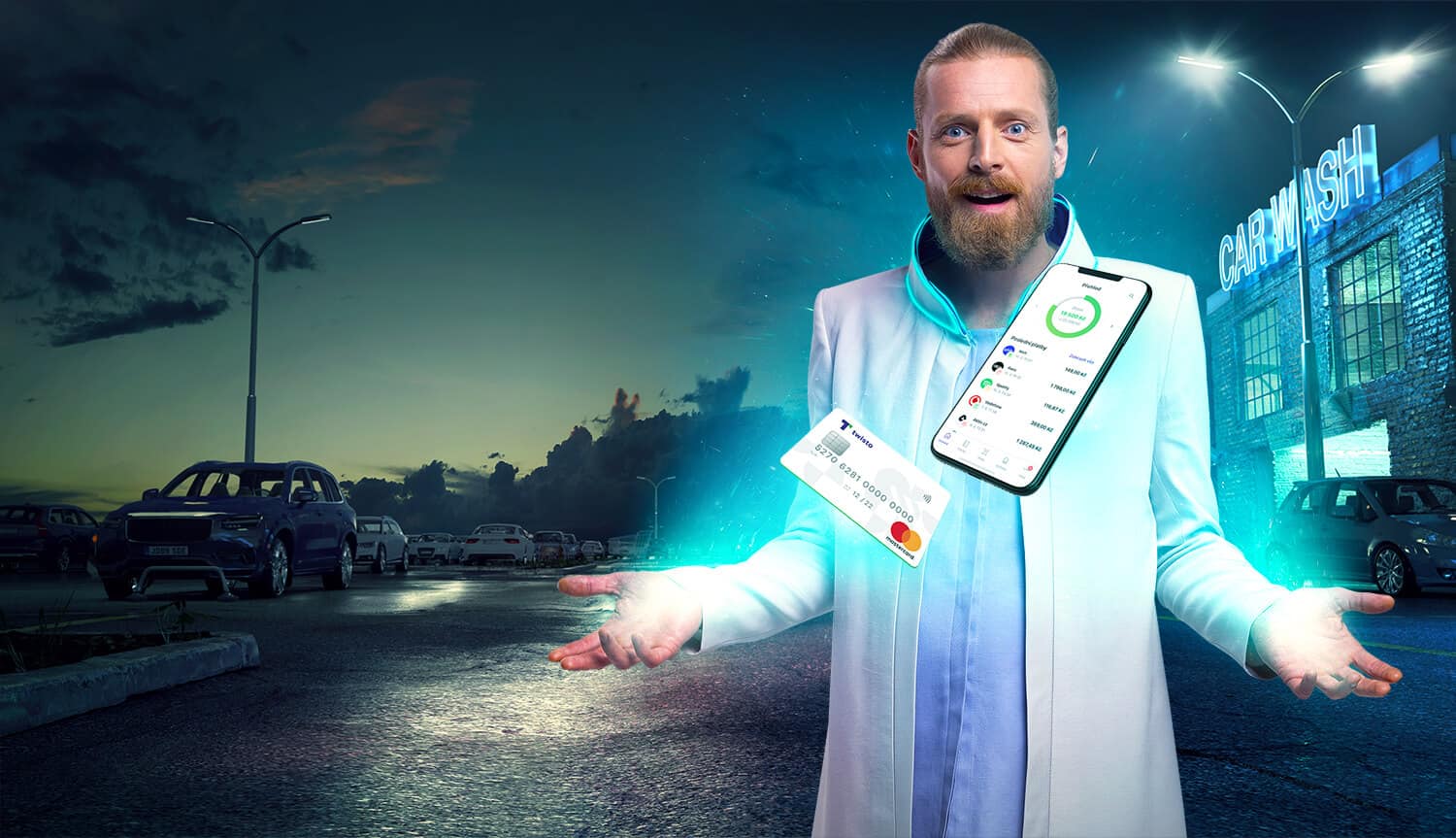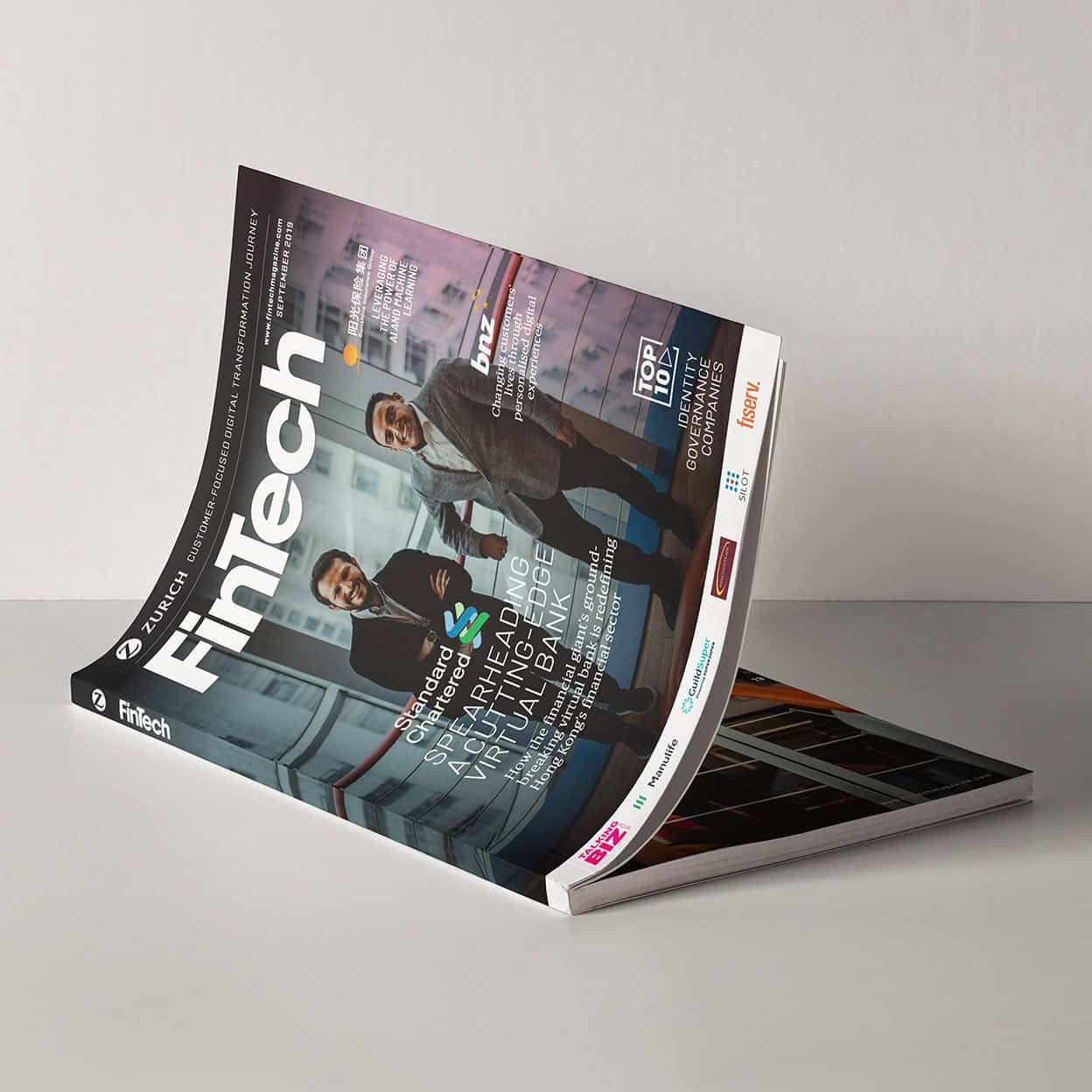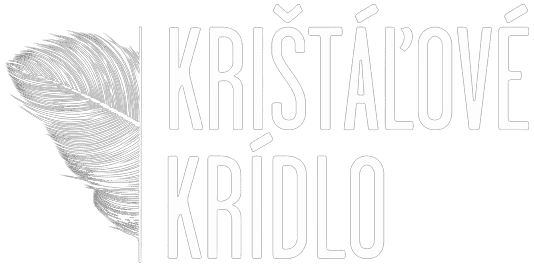Once upon a time, money was only withdrawn from a local bank through staff who visually recognized you as a customer. Now digital payments have blown up in volume and gone global. According to The World Payments Report 2019, global non-cash transactions reached 539 billion during 2016-17 and are expected to have a compound annual growth rate of 14% between 2017 and 2022.
The payments landscape is evolving rapidly. Customers are demanding instant payments that are integrated within their online experience and technology is enabling increasingly innovative ways of making payments. A key concern felt by many payments customers is just how to ensure their data and money is safe at all times.
As the volume and speed of payments has increased, security measures have evolved with the times. The traditional password is no longer a challenge to hackers and financial institutions have attempted to stay a step ahead with more robust authentication measures such as multi-step authentication and PINs. These methods have enhanced security but inconvenienced the customer.
Biometrics as the seamless security solution
Biometrics involves the use of voice recognition, facial scans and in some cases iris recognition technologies to provide tougher security protection to customers and make life harder for fraudsters.
These technologies are part of day-to-day life for most smartphone users, seamlessly integrated into sign-on processes and they are particularly welcomed by Generation Z, who were born in the digital age of 1995 onwards.

This generation are estimated to become 40% of all consumers in 2020 so their needs are increasingly influential in the payments landscape. Growing up in the era of Apple and Facebook, they are more cautious around online security than might be expected. Generation Z expect their financial providers to use the best security that technology can provide and they are comfortable using secure biometric technologies when making payments.
One payment provider that has taken security considerations to the next level is Twisto. We worked with them to create instant credit at point-of-sale for consumers in Central and Eastern Europe, which has been welcomed by customers with little credit history and by merchants who have enjoyed more sales and increased order sizes. Twisto’s next generation credit card is not linked to a bank account to make it extra secure.

Cannabalise yourself, otherwise, someone else will
True innovation is not just for young, agile market entrants. Traditional banks have built years of trust, brand recognition and relationships, which when coupled with technological innovation creates a powerful force in the market.
One bank that has seized this opportunity is global giant, Standard Chartered in Hong Kong. It has made technological innovation a central part of its strategy and has partnered with fintechs to make the digital ambition a reality.

The bank has launched enhancements including chatbots, QR code cash withdrawals, new mobile funds capabilities and new FX capabilities. However, its most significant development has been the launch of Mox, a new virtual bank in Hong Kong.
Deniz Güven, CEO of Mox Bank by Standard Chartered in Hong Kong has urged other established financial providers to get ahead of digital disruption, saying: “Cannabalise yourself, otherwise, someone else will”

For the unhappy customer, switching providers has never been easier.
While products are an important part of a consumer’s decision to bank or transact with a financial provider, in reality, they can be quickly copied and there is limited difference between providers.
What is essential in today’s digital age is to ensure your customers have a great and personalized experienced that feels consistent across the various ways they transact and communicate with you. The online elements of that experience are measured against customer experience offered by digital giants like Apple, Facebook and Amazon, so expectations are high.

Financial providers have a huge amount of data on their customers which presents a significant opportunity to provide proactive support; for example a bank may predict that a customer has renewal dates for policies coming up and could connect them seamlessly with providers who can offer better renewal quotes.
Where the word of mouth and survey data used to be the key way to find out which businesses were good to bank with, now social media channels provide instant ways of sharing positive and negative experiences. Businesses must work harder to build and preserve their reputations than ever before in order to attract new clients and retain existing clients. For the unhappy customer, switching providers has never been easier.
Financial businesses that succeed in the digital age organise themselves around the needs of the customer. They add value constantly, they solve problems for people and they treat customers to a great, consistent and rewarding experience that fully integrates digital transactions with more complex interactions that require a human touch.
New technologies are improving customer experience
Technology development in the payments market never sleeps. It is now possible to make instant payments in the Single Euro Payments Area through SEPA Instant Credit Transfer, which has been adopted by banking titans such as JP Morgan. Multi-currency payment provider TransferWise offers instant transfers to same currency accounts for its customers around the globe.

Point of sale finance has also been growing in popularity amongst Millennials and Generation Z. These offers typically give more flexibility than a traditional credit card would allow and offer a means of converting a large purchase into a payment plan, or another form of credit sometimes without needing an additional card. For example, Twisto offers one-click purchases for over 900 e-commerce sites and the ability to buy now and pay later.
Technology and user experience are driving the payments evolution
What will payments look like in 2025?
With the pace of technological developments, it’s hard to predict exactly.
What is certain is that customers will demand the best in class security measures and a customer experience that is on a level with the other online experiences in their lives. Where money is concerned, the trust will remain at the center of the payment relationship. Technology will play a HUGE role in making all of this possible.
Vacuumlabs is a full-stack product design and development partner with a strong focus on fintech, payments and challenger banking. We help payment providers like Twisto to disrupt the market and we help household banking groups like Standard Chartered and Erste Group to launch new online services.
Find out more about Vacuumlabs








